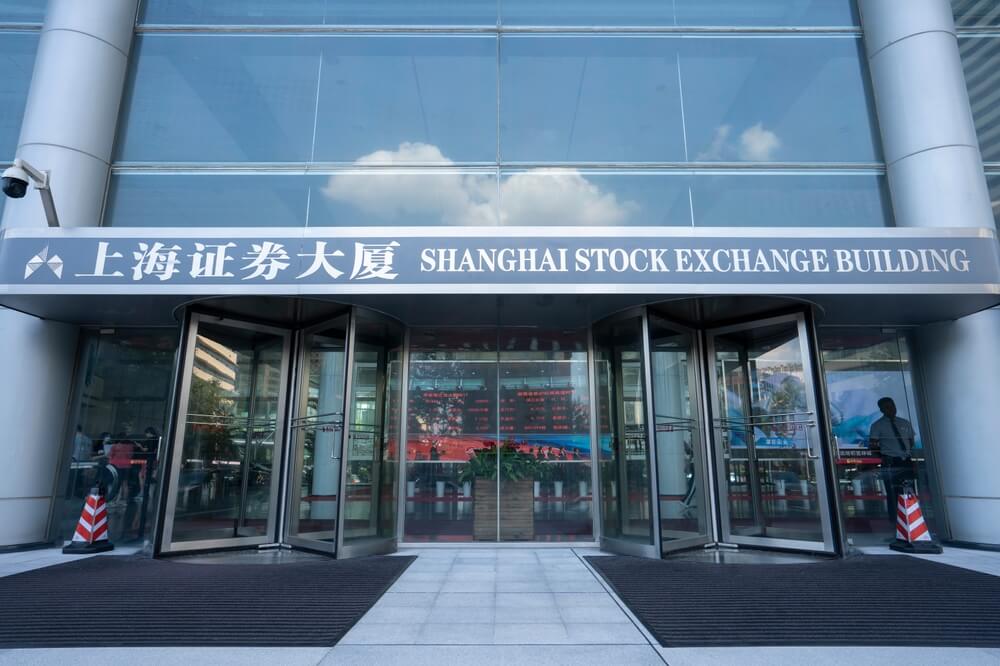China will soon issue a new action plan to attract foreign investment. The government in Beijing does not provide details of its new programme. This announcement confirmed it has been feverishly searching for a model to stop negative investment trends, which have been following its economy for a long time.
According to the Government's announcements, one of the measures will be further shortening the negative list of sectors in which China restricts investment. But this model has been (cautiously) used so far and does not indicate that it would be sufficient for a shift that Chinese planners expect.
The new action plan will be the third significant attempt by the Chinese government in just one year to stop the worrying outflow of foreign investments from the country and to attract new ones.
Almost a year ago, in March 2023, the Government launched the "Invest in China" campaign for potential foreign investors to better recognise investment opportunities.
The developed economies of the EU, Japan, South Korea, and Saudi Arabia were the target audience for the campaign.
Half a year later, in August 2023, the government launched a 24-point strategy to encourage foreign investors to invest more in China's economy.
A solution is still being sought
The government's third attempt in less than a year, this time the announced action plan, suggests that an effective way to stop negative investment trends has not yet been found.
Since the effort to recover foreign investment began, China has experienced a steady decline in FDI inflows. For the first 3 quarters of 2023, FDI decreased by about 8.5% compared to the previous year.
China recorded the departure of foreign companies for 6 consecutive quarters
Last September, China recorded the departure of foreign companies for 6 consecutive quarters with a total capital value of about $160 billion.
Moreover, the third quarter of 2023 will be remembered by the unfavourable result of foreign investments in China. There was a nearly 12% deficit at the time. This means that more foreign capital left China than has entered. This phenomenon was last recorded in China 25 years ago.
It was a mass withdrawal of foreign capital from China, following a regular and steep negative trend, resulting from several factors, resistant to short-term and temporary solutions announced occasionally in Beijing.
Numerous reasons for the exodus of capital
The reasons for the mass withdrawal lie partly in the over-long lockdown due to the COVID-19 pandemic. There is also a constant decline in the yuan value in relation to the dollar, which disincentivises foreign investment, followed by increased production costs, particularly wages.
However, administrative restrictions are still at the top of the list of factors that disincentivise existing investments and discourage new ones.
Non-economic regulations, such as the new anti-espionage law, make the position of investors risky
Non-economic regulations, such as the new anti-espionage law passed last August, make the position of investors risky and their business operations exposed to obstacles and government surveillance.
Foreign investments make up a relatively small part of companies in China, only about 3%. But their impact on the overall economy is many times greater, so those companies are responsible for creating as much as 40% of the total Chinese foreign trade, more than 15% of tax revenues, and employ 10% of the urban population.
Lost trust
If this kind of resource is systematically depleted over a long period of time, as last year, then the alarm bells started ringing a long time ago. However, are the measures taken by the government an adequate and timely response?
So far, they have not been. While waiting for a new programme (action plan), China has proven insufficient to reform its business environment to become attractive to foreign investors again.
According to a European Central Bank survey last November, as many as 40% of multinational companies plan to withdraw from China in the next few years.
At the same time, a quarter of US companies with operations in China have either begun pulling out in the past year or are actively doing so.
 As many as 40% of multinational companies plan to withdraw from China in the next few years
As many as 40% of multinational companies plan to withdraw from China in the next few years
This is a dangerous trend for the Chinese economy, which owes its spectacular growth over the past 3 decades to the arrival of large companies from the West, which brought new technology, innovative business models, and a market reputation.
The principal flaw of all previous measures to facilitate and attract FDI was that they never managed to restore the lost confidence of foreign investors in the Chinese business environment.
The adopted measures were not implemented in practice or were implemented partially, which only strengthened the already existing scepticism and caution among investors.
The announced action plan, even though its details are not yet available, does not indicate a crucial change in this respect.
The restrictions placed before investors are structural and lie in the foundations of the Chinese state-economic model, such as the depreciation of the yuan or negative trends in employment and the state of the real estate market.
One package of measures aimed at the conditions for the arrival of foreign investments does not have the capacity to solve the actual reasons for the outflow of investments from China. It is a testimony of Beijing realising a dangerous moment and its incapability of stepping beyond it.